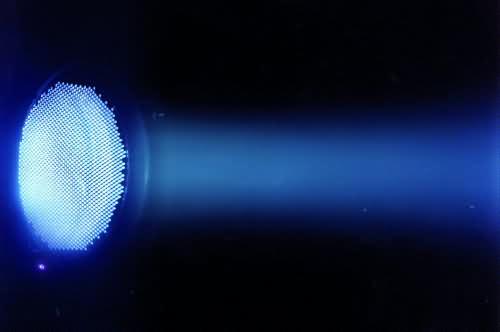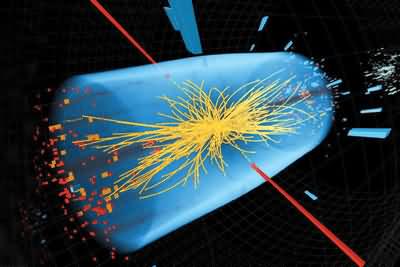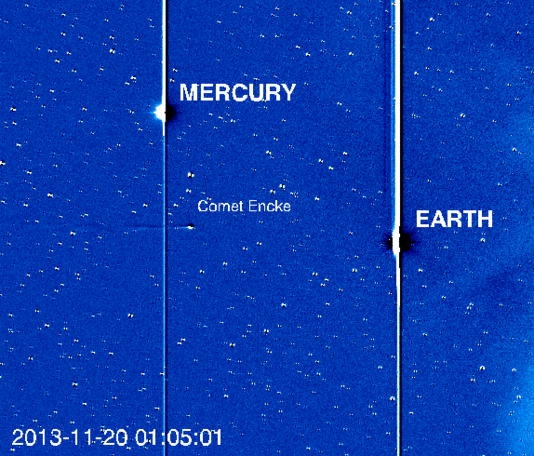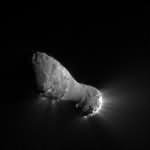Project NEXT – ION Thrusters
Ion thrusters used to be the stuff of science fiction writers' dreams. But after years of research and development, NASA is preparing to use ion thrusters that will accelerate the aircraft to 90,000 miles per hour on a crucial deep-space mission. And in this vast space, the engines will deliver continuous thrust for years.
Evolutionary at NASA's Glenn Research Center Xenon Project NEXT has completed over 48,000 hours of testing on Ion engines. This five-and-a-half-year test is the longest test on a space thruster in history.

What makes this milestone so remarkable is how little fuel it uses. NEXT uses 860 kg of Xenon fuel. Conventional rockets, on the other hand, use 10,000 kg of fuel to reach the same speed. Electric thrusters like NEXT can use up to 10 times less fuel than conventional rockets, thanks to their low but constant long-term thrust.

You can see how ion thrusters work in the video below.
Sources and References:
Space Travel-NEXT Provides Lasting Propulsion and High Speeds for Deep Space Missions
Nasa-NEXT Provides Lasting Propulsion and High Speeds for Deep Space Missions









